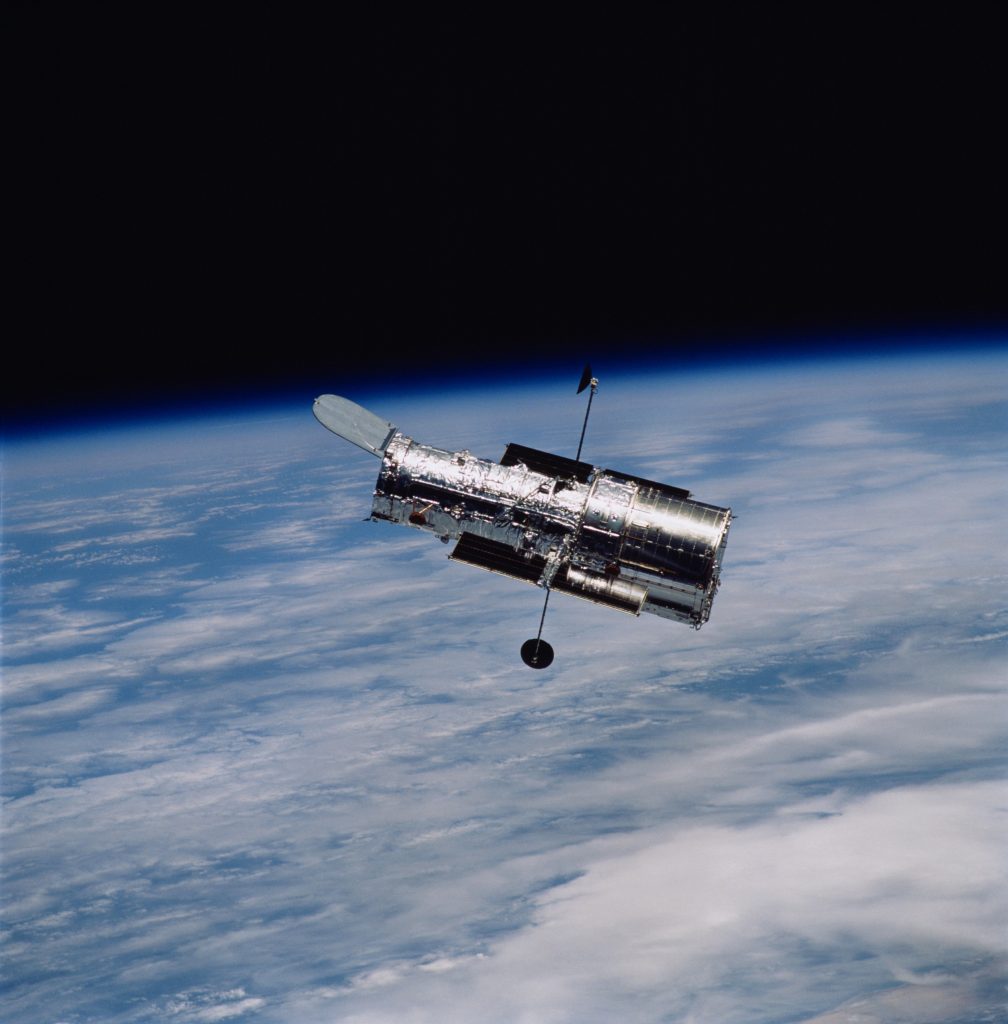Blog: The drive behind the development of cutting-edge instruments in astronomy
Dr. Abigail Crites discusses methods and goals in the process of improving observational tools

By Adam A. Lam
Working with an angle grinder and soldering, Dr. Abigail Crites has both in-depth practical and theoretical experience designing instruments that help researchers across the globe better understand what happened in the early universe, across the first billion years after the Big Bang.
Dr. Crites—Assistant Professor at the University of Toronto’s David A. Dunlap Department of Astronomy & Astrophysics and the Dunlap Institute and Visiting Associate at the California Institute of Technology—explained how innovation in astronomy instrumentation works at her September Star Talk with the Astronomy & Space Exploration Society.
To observe the universe, Dr. Crites explained, astronomers need to capture light—also known as electromagnetic radiation (EMR)—from across the universe. With visible light, scientists can make observations with optical telescopes. But EMR consists of frequencies outside the range of visible light—including ultraviolet light, X-rays, and radio waves.
Demonstrating this, Dr. Crites presented an online model of the universe called the Chromoscope, developed by educators at Cardiff University. Experimenting with the Chromoscope’s slider, she explained, presents different visualizations of the universe produced by various frequencies of EMR.
“If we just look at our galaxy or our universe, in the visible [light spectrum], we’re actually missing quite a bit of information,” she explained. Analyzing different frequencies, she continued, can uncover “very different structures” in the universe.
But how do astronomers capture this information? Dr. Crites explained that these observations are enabled by experts who develop the instruments to capture these data, who she described as the “builders” of astronomy.
These builders must ask and answer a series of questions, she continued, such as: “What do we specifically want to look at?… What technology [do] we need to do this? And what technology do we not have and need to develop?”
To answer the first question, Dr. Crites explained that astronomers often focus on a research question. Inspirations can include a blend of serendipitous discovery and knowledge of theory—which, she noted, led to the detection of the oldest light in the universe, known as the cosmic microwave background.
“Another way to decide what to look at is to… think about analogues in our solar system,” she explained. In the search for habitable exoplanets, she continued, astronomers can search for absorption lines in the electromagnetic spectrum that may indicate the existence of water on distant celestial bodies.
A third way to narrow down the wavelength and subject of searching the sky, she explained, “is to look at signals that might accompany other measurements in physics.” As an example, she noted: “when neutron stars merge, you actually get an electromagnetic signal as well as the gravitational wave signal.” Studying this electromagnetic signal, she continued, could help astronomers study this phenomenon.
To make these measurements, Dr. Crites continued, builders need a telescope to gather the light and a detector to convert the photons into measured voltages. A detector requires a component “to absorb the photons,” along with a part “to record the signal,” she explained. A basic example is a human observer, she reflected—with the eyes absorbing the photons and the brain capturing the signal. Modern detectors in astronomy, she explained, often rely on a silicon chip to absorb the photons, which “creates electrons that can be read out as electric signals by a computer.”
But for astronomers like Dr. Crites who study the history of the universe, the objects under study are so far away from Earth that the light they emit is faint. This has challenged builders to develop detectors with enough sensitivity to make these measurements.
Yet as Dr. Crites notes, the challenges are “worthwhile,” as the development of these instruments enable astronomers to probe physics at an ancient time when the universe was far less complex.
—To learn more about experimental astronomy during COVID-19, early inspirations that led Dr. Crites to astronomy research, and her advice on the importance of collaboration in astronomy research, you can watch our recording of Dr. Crites’s Star Talk on the ASX Society’s YouTube Channel.


